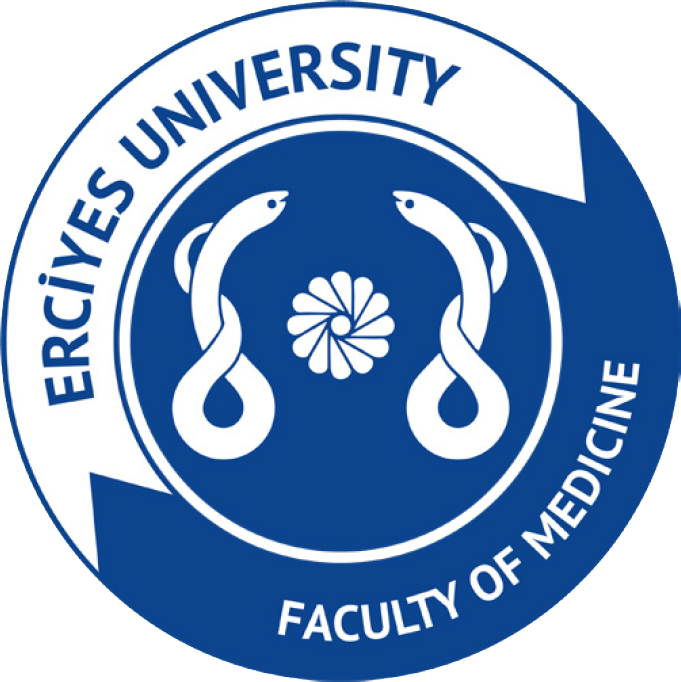22Department of Cardiology, Mehmet Akif Ersoy Thoracic and Cardiovascular Surgery Training and Research Hospital, İstanbul, Türkiye
33Department of Cardiovascular Surgery, Başkent University Faculty of Medicine, Antayla Training and Research Center, Antayla, Türkiye
4Department of Cardiology, Başkent University Faculty of Medicine, Ankara, Türkiye
Abstract
Objective: Saphenous vein graft failure (VGF) is a measure of the short- and long-term success of coronary artery bypass graft surgery (CABG). Aortic arch calcification (AAC) is a long-term finding of atherosclerosis in large vessels. The aim of this study was to evaluate the relationship between AAC and VGF.
Materials and Methods: Patients who underwent CABG surgery and subsequent coronary angiography in a single hospital between January 2010 and January 2021 were included in the study. The presence and stage of AAC was evaluated using preoperative chest X-rays. VGF was defined as ≥75% stenosis and/or total occlusion in the saphenous vein graft. In addition, the effect of AAC on VGF was evaluated based on the time elapsed since the CABG procedure.
Results: Of the 594 patients who underwent CABG during the study period, 91 patients (mean age 63.6±10.0; 71 [78.0%] male) were included in the study. VGF was observed in 49 (53.8%) patients. AAC was found to be an independent predictor of VGF (odds ratio [OR]: 2.788, 95% confidence interval [CI]: 1.068–7.278). The results indicated no association between AAC and VGF in patients whose coronaries were screened within 1 year (OR: 1.143, 95% CI: 0.279–4.683), while there was a strong association between AAC and VGF in patients who were screened 1 year after the surgery (OR: 5.355, 95% CI: 1.618–17.720).
Conclusion: AAC evaluation may be a valuable diagnostic method to predict VGF after CABG, and particularly late VGF.


